
Sherburne National Wildlife Refuge Minnesota
A vast Minnesota refuge offering stunning wildlife viewing, especially sandhill cranes, diverse habitats, and peaceful trails.
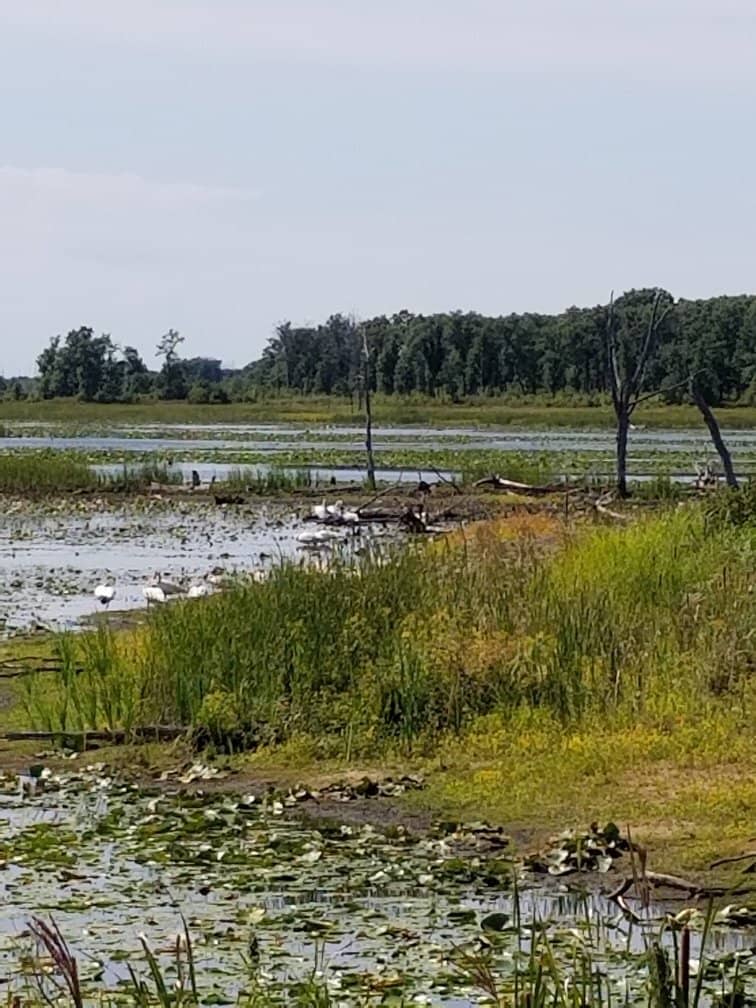
Highlights
Must-see attractions

Social
From TikTok & Reddit
Best Time
Peak sandhill crane migration

Sherburne National Wildlife Refuge Minnesota
Best Time
Peak sandhill crane migration

Highlights
Must-see attractions
A vast Minnesota refuge offering stunning wildlife viewing, especially sandhill cranes, diverse habitats, and peaceful trails.
"A place of peace in a chaotic world! Highly recommend this gem."
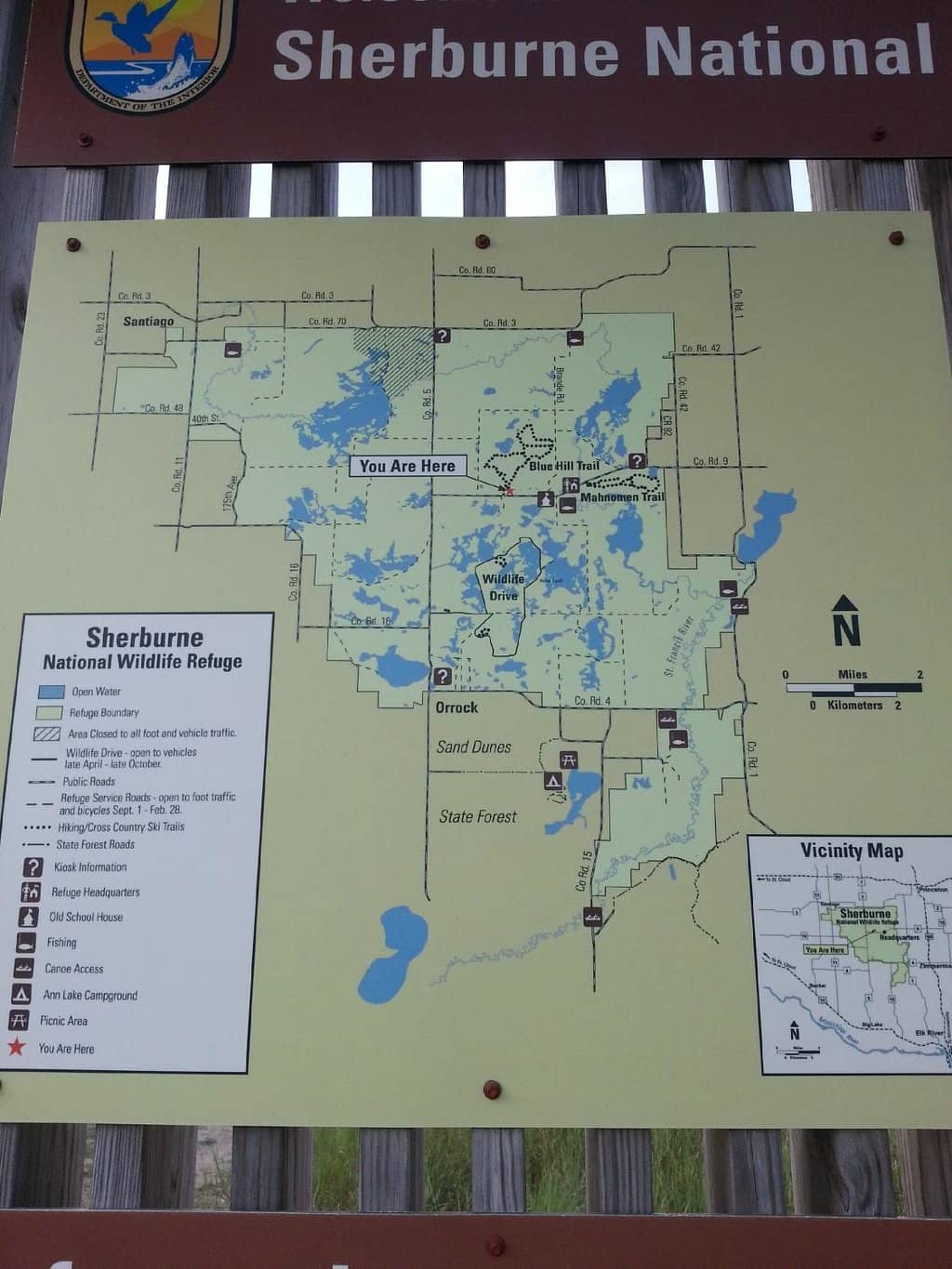
Binoculars are a must! 🔭
Essential for spotting distant birds and wildlife. Don't miss out on the details!
Visit during migration 🦢
Fall is prime time for thousands of sandhill cranes. An unforgettable experience!
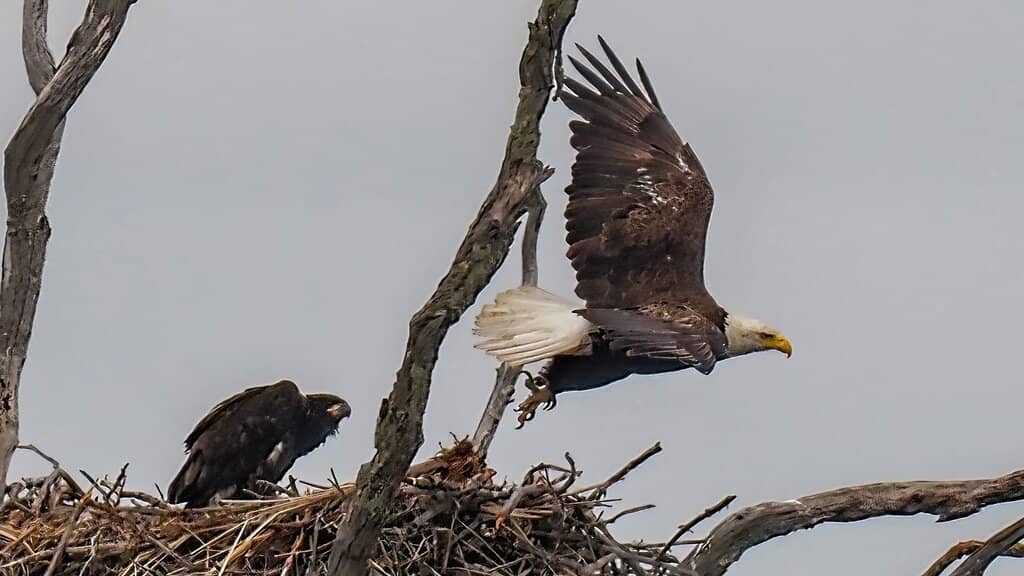
Highlights
Discover the most iconic attractions and experiences
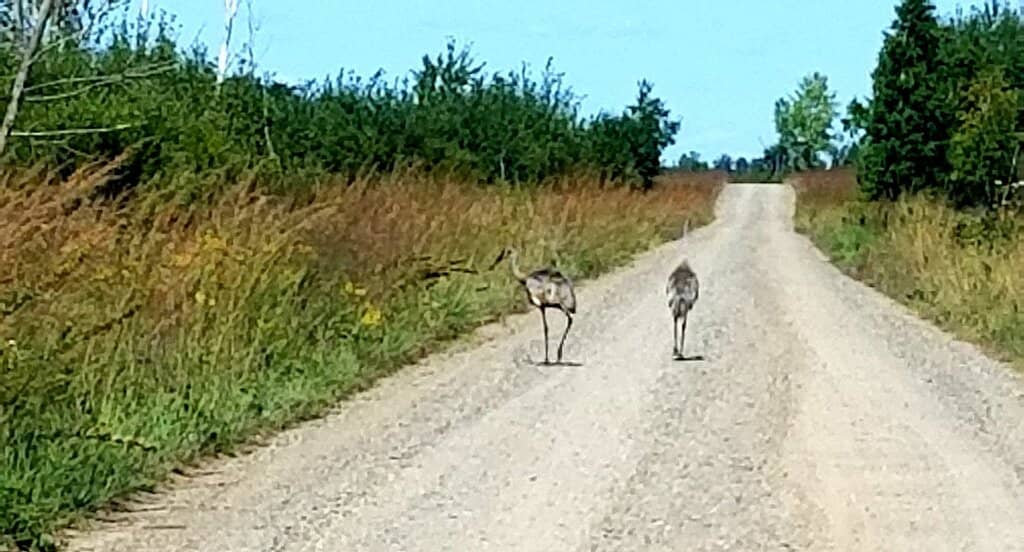
Sandhill Crane Migration
Throughout the refuge
Witness thousands of prehistoric-looking sandhill cranes gather in the fall. A truly breathtaking spectacle!
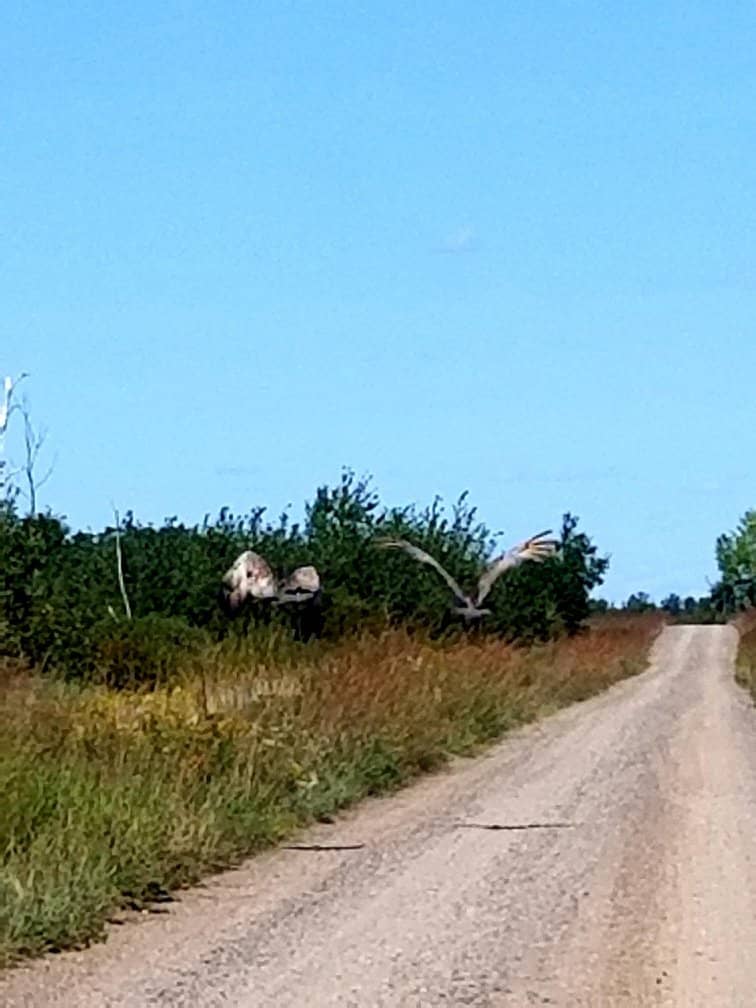
Prairie Wildlife Drive
7-mile loop
A scenic drive offering chances to spot waterfowl, birds, and other wildlife amidst diverse habitats.
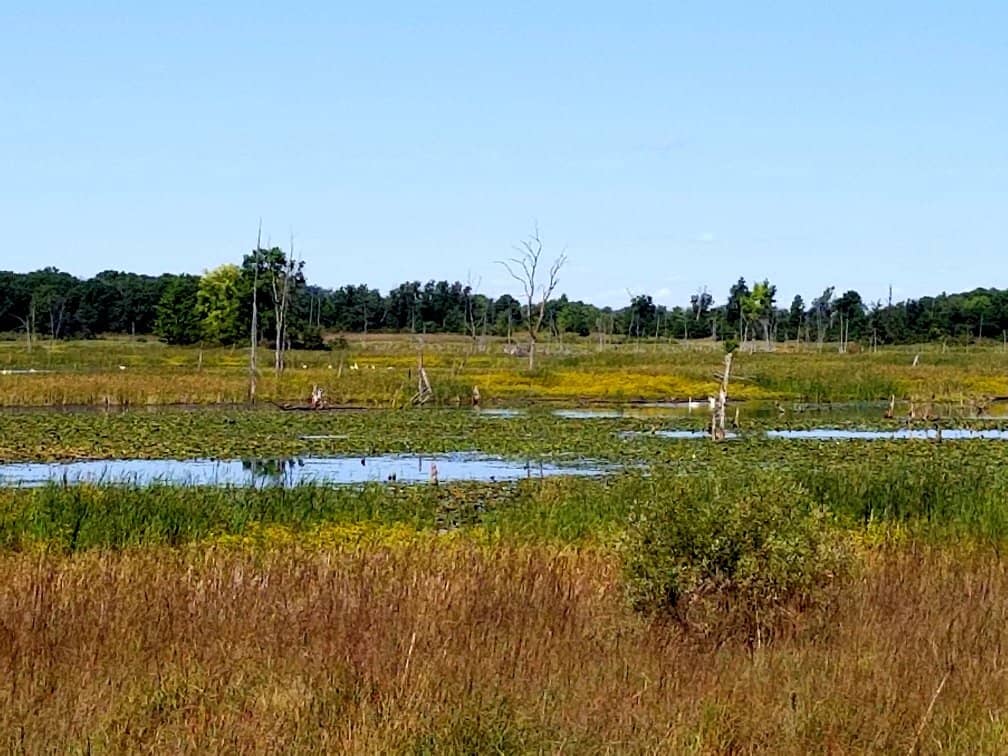
Lupine Bloom
Various meadows
Experience a stunning carpet of purple lupines in early summer, especially vibrant after prescribed burns.
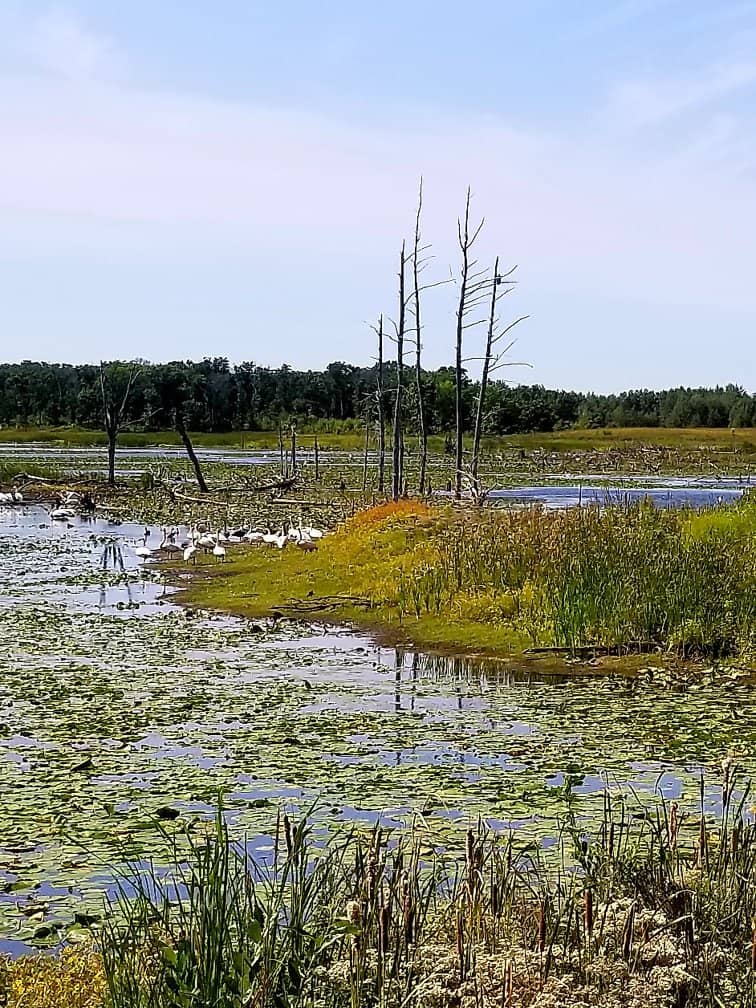
Eagle Nests
Along the wildlife drive
Keep an eye out for majestic eagle nests, a rewarding sight for birdwatchers and nature lovers.
Plans like a pro.
Thinks like you
Planning Your Visit
Timing is Everything for Wildlife
Prepare for Your Visit
Best Times
Insider Tips
from TikTok, Instagram & Reddit
Binoculars are a must! 🔭
Essential for spotting distant birds and wildlife. Don't miss out on the details!
Visit during migration 🦢
Fall is prime time for thousands of sandhill cranes. An unforgettable experience!
Drive the wildlife loop 🚗
The 7-mile loop is perfect for seeing diverse habitats and animals from your car.
Pack bug spray 🦟
Especially important during warmer months to enjoy your visit comfortably.
Tips
from all over the internet
Binoculars are a must! 🔭
Essential for spotting distant birds and wildlife. Don't miss out on the details!
Visit during migration 🦢
Fall is prime time for thousands of sandhill cranes. An unforgettable experience!
Drive the wildlife loop 🚗
The 7-mile loop is perfect for seeing diverse habitats and animals from your car.
Pack bug spray 🦟
Especially important during warmer months to enjoy your visit comfortably.
Photography paradise 📸
Great spot for bird and wildlife photography. Bring your camera!
Free and peaceful escape 💚
Enjoy nature without spending a dime. A true gem for relaxation.
What Travellers Say
Reviews Summary
Visitors consistently praise Sherburne National Wildlife Refuge for its abundant wildlife, scenic beauty, and free admission. The fall sandhill crane migration and the summer lupine blooms are highlighted as particularly spectacular. While many appreciate the well-maintained trails and the wildlife drive, some suggest a visitor center would enhance the experience.
"We had an awesome experience at the refuge! We picniced at the welcome area at the beginning of the seven mile auto tour and then began a beautiful drive. The wildflowers abundantly displayed an array of color. We sighted many waterfowl and birds. The sun was shining bright, offering us an array of stunning reflections upon the ponds and waterways! We highly recommend this place. A place of peace in a chaotic world!"
KnD Gale
"Visit once a year, since my sister moved up in this area. Appreciate every time we drive through, so much going on. Blessed to see it this summer, with so much greenery, and Wildlife abundant. It is nice that we are able to drive through the entire Refuge, and also take hikes. This is a great way to spend a day, without spending a penny. Highly recommend."
Jennifer Thomas
"The refuge is a central Minnesota gem that needs to be seen by everyone. The best times to drive through are early morning and evenings to see wildlife. The fall is the best time as the leaves are changing colors and the Sandhill cranes are migrating to and from the refuge. Many different species of birds can be seen from the comfort of your vehicle. This place is a great place for wildlife photography so don't forget the camera and binoculars. The last trip was on Memorial Day and during the daytime there was a lot of wildlife present. Here is a photo of an Eight-Spotted Forester Moth. I have never seen these before so I thought it would be cool to share with others that visit this site."
David M
What People Like
What People Dislike
Frequently Asked Questions
🚇 🗺️ Getting There
Sherburne National Wildlife Refuge is located northwest of the Twin Cities. The most common access point is via US Highway 10, then taking County Road 4 to the refuge entrance. Many visitors use GPS or mapping apps, but cell service can be unreliable within the refuge.
Public transportation options directly to Sherburne National Wildlife Refuge are very limited. It is best accessed by private vehicle. Consider carpooling if traveling with others.
The main access points include the entrance off County Road 4, which leads to the welcome area and the start of the Prairie Wildlife Drive. There are also various trailheads accessible from different points around the refuge perimeter.
Yes, Sherburne National Wildlife Refuge is located relatively close to St. Cloud, Minnesota, making it a convenient destination for those in the area.
The refuge features a 7-mile Prairie Wildlife Drive that allows you to see many of its habitats and wildlife from your vehicle. Some areas may be accessible via other roads, but the designated wildlife drive is the most popular for scenic touring.
🎫 🎫 Tickets & Entry
No, Sherburne National Wildlife Refuge offers free admission to all visitors. It's a fantastic way to experience nature without any cost.
The refuge is generally open daily from sunrise to sunset. However, specific facilities like any visitor center (if available) may have limited hours. It's always a good idea to check the official refuge website for the most current information.
No permit is required for general visitation, including driving the wildlife loop and hiking the trails. However, specific activities like hunting or fishing may require permits, so check with refuge management if you plan to engage in those.
The refuge is typically open from sunrise to sunset. Some areas or roads might be temporarily closed for management activities, so it's wise to check for any advisories before your visit.
While there isn't a large, dedicated visitor center, there is a welcome area at the start of the Prairie Wildlife Drive that provides some information. Some reviews suggest a visitor center would be a welcome addition.
🎫 🧭 Onsite Experience
You can see a wide variety of wildlife, including thousands of sandhill cranes in the fall, various bird species (eagles, waterfowl), deer, and smaller mammals. Keep an eye out for insects like the Eight-Spotted Forester Moth.
Yes, the refuge offers multiple well-maintained hiking trails suitable for both novice and experienced hikers. The Trail Bridge and Brande Trail are notable examples.
The Prairie Wildlife Drive is a 7-mile scenic loop that allows visitors to observe wildlife and diverse habitats from their vehicles. It's a popular way to experience the refuge.
Absolutely! It's a prime destination for birdwatching, with many species present throughout the year. The fall migration of sandhill cranes is a major draw for bird enthusiasts.
Yes, picnicking is a popular activity. There are designated areas, such as the welcome area at the beginning of the auto tour, where you can enjoy a meal surrounded by nature.
📸 📸 Photography
The Prairie Wildlife Drive offers excellent opportunities to photograph birds and other animals in their natural habitats. Early mornings and late evenings provide softer light and more active wildlife.
Bird photography is very popular, especially during the sandhill crane migration. Landscape photography is also rewarding, particularly during the lupine bloom or fall foliage season.
Bring a telephoto lens for wildlife, and consider a wide-angle lens for landscapes. Be patient, as wildlife sightings often require waiting. Respect the animals' space and avoid disturbing them.
Yes, Sherburne National Wildlife Refuge can be a great location for night photography, including the Northern Lights, due to its relatively dark skies away from city light pollution.
The refuge is also excellent for macro photography, with opportunities to capture insects like the Eight-Spotted Forester Moth and various wildflowers.
For Different Travelers
Tailored advice for your travel style
👨👩👧 Families with Kids
There are also well-maintained trails suitable for family hikes. Encourage kids to look for birds, interesting plants, and animal tracks. Bringing binoculars can make the experience even more engaging for them. It's a great way to connect with nature and learn about local wildlife in a relaxed setting.
🐦 Birdwatchers & Photographers
Beyond birds, the refuge offers opportunities for macro photography of insects and wildflowers, as well as landscape shots of its varied ecosystems. Early mornings and late evenings are prime times for both wildlife activity and optimal lighting conditions.
🚶♀️ Hikers & Nature Enthusiasts
Beyond hiking, simply driving the Prairie Wildlife Drive offers a scenic tour of the refuge's diverse habitats. It's a place to disconnect from the everyday and reconnect with the natural world, observing the subtle beauty of the Minnesota landscape.
Deep Dives
In-depth insights and expert knowledge
The Spectacle of Sandhill Cranes
To maximize your chances of seeing the cranes, plan your visit for early morning or late afternoon. These are the times when the cranes are most active, either foraging or performing their elaborate courtship dances. While the peak migration can vary slightly each year, generally late September through October is the prime viewing period. Remember to bring binoculars or a spotting scope to get a closer look without disturbing the birds.
Beyond the cranes, the refuge's diverse habitats support a rich array of birdlife year-round. Birdwatchers can spot numerous waterfowl species, raptors like bald eagles, and various songbirds. The refuge's commitment to preserving these natural spaces ensures that these migratory birds and resident wildlife have a safe haven.
Exploring the Diverse Habitats
The refuge actively manages these habitats through various conservation practices, including prescribed burns. These burns are vital for maintaining the health of prairie ecosystems and can lead to spectacular wildflower blooms, such as the vibrant lupines seen in early summer. This management also benefits ground-nesting birds and other wildlife that rely on these specific environments.
For those who prefer to explore on foot, a network of well-maintained trails allows for deeper immersion into the refuge's natural beauty. Whether you're seeking a short, family-friendly stroll or a longer hike, there are options to suit every visitor. These trails provide opportunities to observe smaller wildlife, discover native plants, and simply enjoy the peace of the natural surroundings.
Photography Opportunities
Photographers often highlight the opportunities for bird photography, especially during the fall migration. The chance to photograph the sandhill cranes, bald eagles, and numerous waterfowl species is a major draw. Beyond birds, the refuge is also home to interesting insects, such as the Eight-Spotted Forester Moth, and offers beautiful opportunities for landscape photography, particularly during the lupine bloom or the vibrant fall colors.
For those interested in astrophotography, the refuge's relatively dark skies away from urban light pollution can provide excellent conditions for capturing the Northern Lights or the starry night sky. Remember to pack appropriate gear, including telephoto lenses for wildlife and wide-angle lenses for landscapes, and always practice responsible photography by respecting wildlife and their habitats.


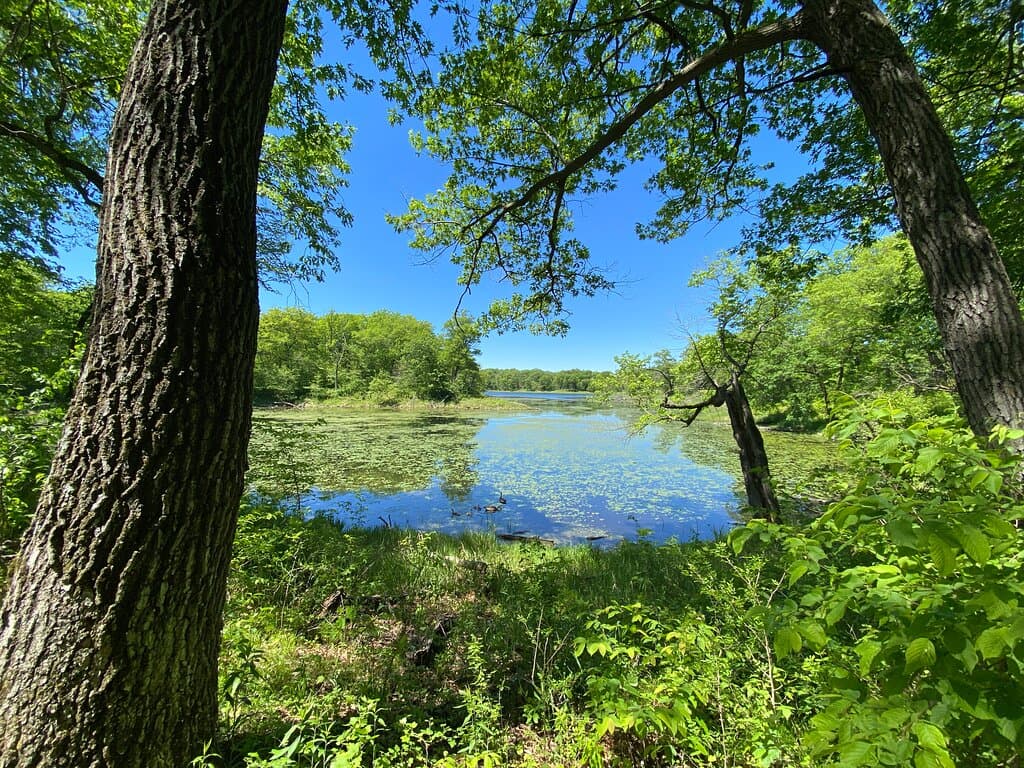
Social
from TikTok, Instagram & Reddit